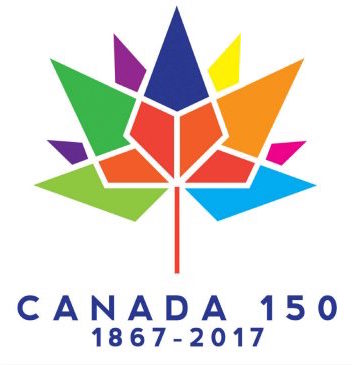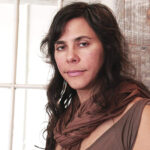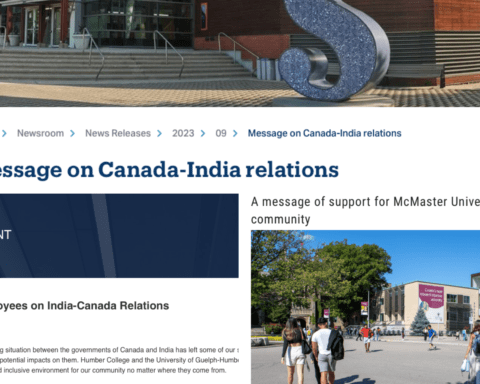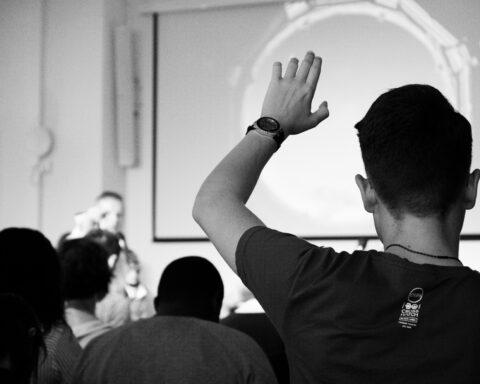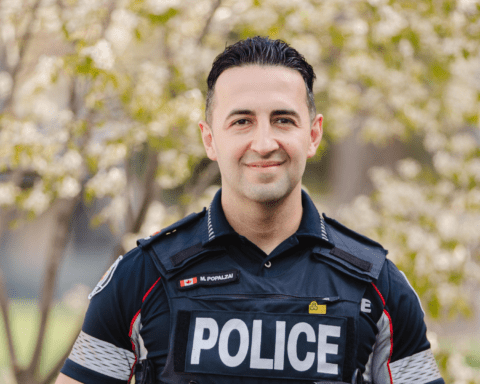The stories in the Best of All Worlds represent seven of the most commonly spoken immigrant languages in Canada’s largest cities.
Reinforcing heritage languages alongside Canada’s two official languages reflects policy that has set Canada apart from other immigrant-receiving nations when it comes to diversity matters
“When children see their heritage languages in books, they instinctively understand that their languages are valued and their cultures are important in Canada,” says Gina Valle about a collection of multilingual children’s stories which she brought together in The Best of All Worlds.
Published in 2015, the illustrated book features seven stories in their original languages — Arabic, Farsi, Italian, Japanese, Portuguese, Russian and Spanish — as well as in English and French translations.
“It sends a strong message about what it means to be Canadian,” says Valle, founder of Diversity Matters and At One Press, the book’s publisher.
The stories were selected from the winning and finalist submissions from the Multilingual Kid Lit Award competition organized by Toronto bookstore Rainbow Caterpillar. Valle initiated the project to mark 15 years since the United Nations Educational, Scientific and Cultural Organization (UNESCO) established International Mother Tongue Day “to promote diversity and international understanding through multilingualism and multiculturalism.”
Reading a book in multiple languages is tricky.
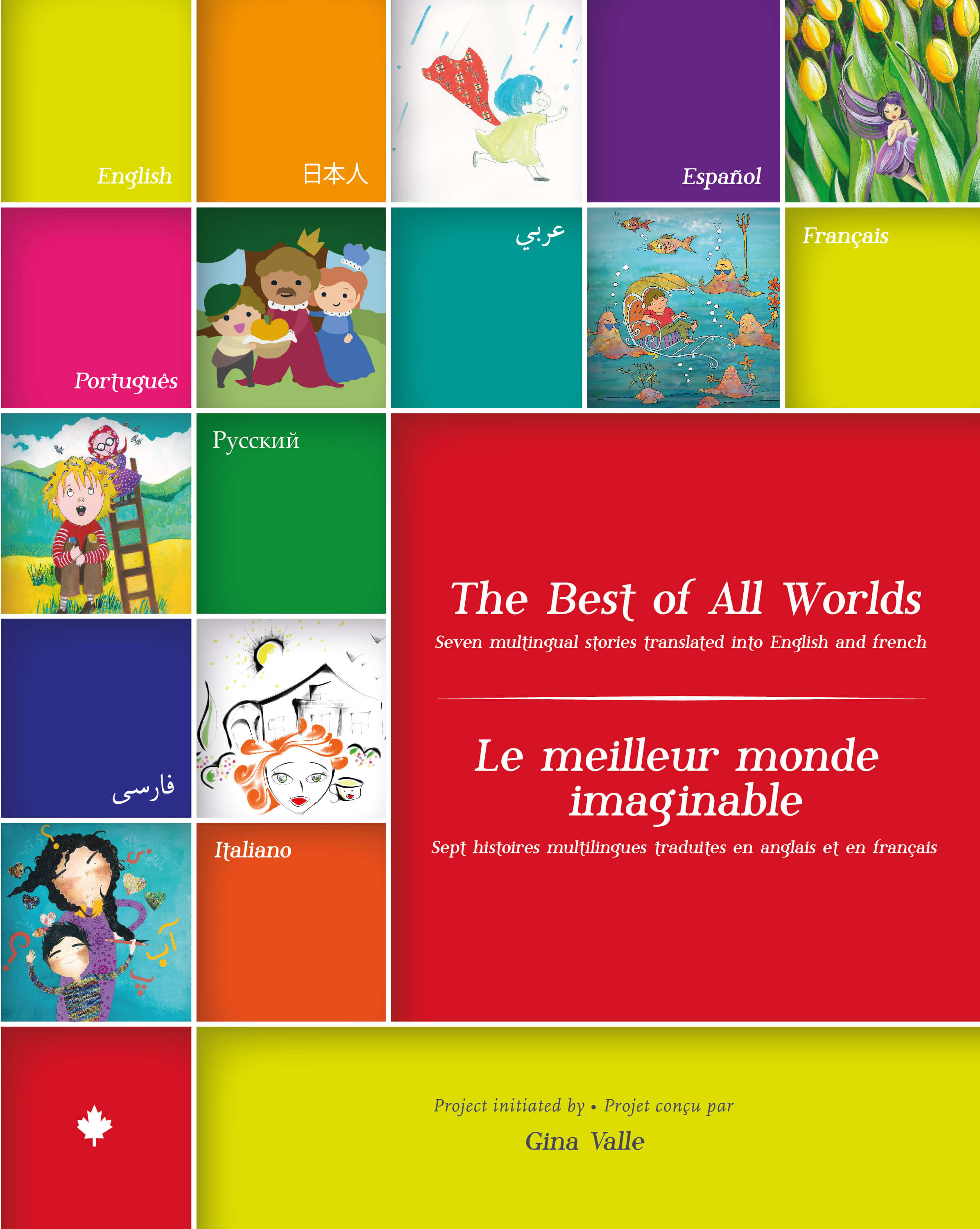 Multilingual stories, multicultural perspectives
Multilingual stories, multicultural perspectives
Questions are to children what texting is to smartphone touting teenagers – second nature. The Best of All Worlds provides many opportunities to tap into children’s inquisitive nature as it exposes them to culturally-specific symbolism, such as the Japanese kappa, and various writing systems including the Latin alphabet, Arabic script and Chinese characters.
New myths grounded in Canadian history, such as the ‘Tulip Fairy’ who helps keep the Tulip Festival alive in Ottawa, and original stories about what it means to be human and Canadian in today’s world, can spur a flurry of questions as young children read along with a parent, grandparent or teacher in their language of choice or ability.
And if the stories don’t pique a child’s interest, the vivid illustrations will stand in, each with a unique style.
Kings, giants, fairies and fables
The Best of All Worlds has something for all tastes. From fables to fairy tales of kings, giants and other fantastical characters, each story has elements that make children’s books fun to read for children and adults alike.
My 11-year-old daughter Sabina’s favourite story was “The Happy King,” originally written in Portuguese, because it was “weird, in a good way.” Cursed with being sad by a wizard who wasn’t invited to the royal party, love is what broke the curse and made the King happy again, explains Sabina.
When it comes to language, you either use it or lose it.
But her interpretation of the “message of the story” was an afterthought. What kept Sabina’s attention was the quirky King who reminded her of the curses, wizards and witches she read in tales as a younger child.
“The Happy King” and other stories are filled with familiar tropes and original twists. The internal struggles and choices of the characters mirror lifelong and universal quests.
Sabina is an avid reader in English and French and is starting to read in Italian and Spanish – her first languages. When reading The Best of All Worlds on her own, she zig-zagged between all four languages and eventually stuck to one of Canada’s official languages.
Reading a book in multiple languages is tricky. Like many children growing up in Canada, she needs some priming to continue speaking and reading her heritage languages.
Keep talking your mother tongue
Krista Byers-Heinlein, an associate professor of psychology at Concordia University, specializes in language acquisition and early bilingualism. She spoke to Panoram Italia Magazine about the three-generation rule: “In the first generation, the language is strong – it’s how people communicate. In the second generation, there is a solid understanding of the language, but the writing or reading is weak. By the third generation, the language is at risk.”
“We can speak many languages and live with many cultures and be at ease with each.”
When it comes to language, you either use it or lose it. Passively watching TV won’t do the trick, but reading together and having conversations about what you’re reading is a great way to interact in your mother tongue.
Schools are an important audience for The Best of All Worlds and a great context for validating first languages. According to Valle, some 20 library systems across the country have ordered the book and a curriculum guide for Ontario teachers is currently in the works.
Making multilingualism a new norm
Valle says the book reflects who we are as Canadians.
“We can speak many languages and live with many cultures and be at ease with each,” she says. “We can speak Mandarin at home, French at school, English on the soccer field and feel that no matter what we speak or where we come from, we can be full citizens in this country.”
The Best of All Worlds was put together over 18 months with a team of writers, illustrators and translators who originate from some two dozen countries.
“There are bilingual books but there are no multilingual children’s books in Canada,” says Valle.
For that, The Best of All Worlds, is an important and new contribution to Canada’s literary scene.
Elvira Truglia is a Montreal-based journalist who writes about the intersections of culture, politics and social issues. She has recently written for New Canadian Media, The Huffington Post, and the social justice radio program, Making Contact. She is also an emerging photographer whose documentary photos have recently been published in New Canadian Media’s online library. Elvira has worked in the non-profit sector for more than 20 years, focusing on communications, education and human rights.
Elvira Truglia is a Montreal-based journalist who writes about the intersections of culture, politics, and social issues. She has also worked in the community, media and cultural sector as well as national and international non-governmental organizations.

